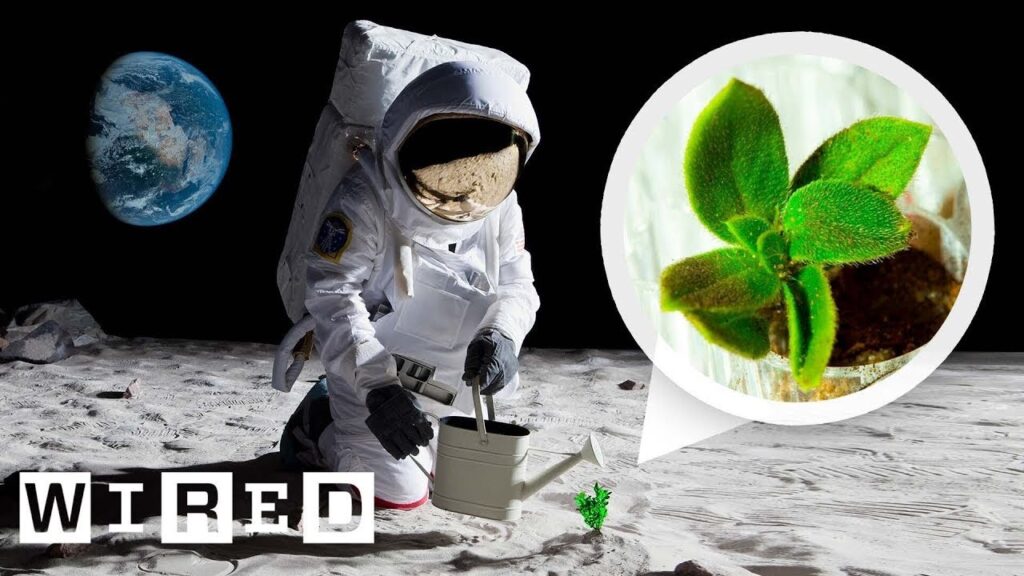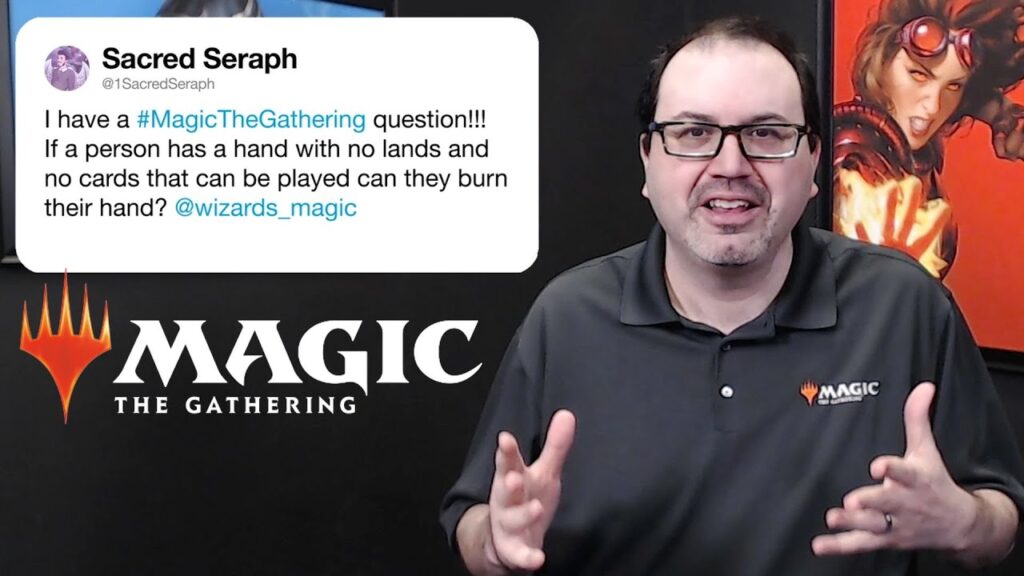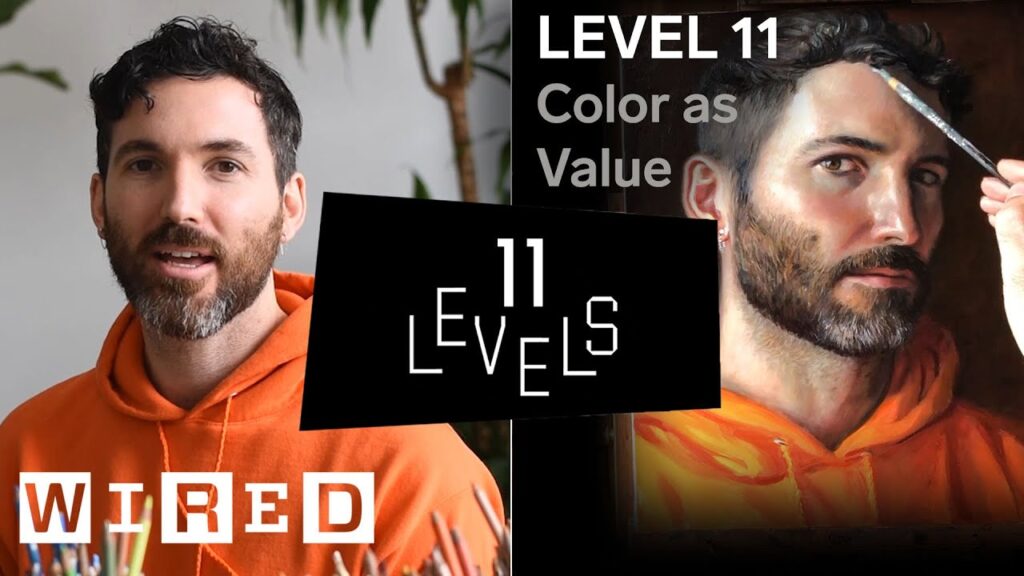Animals and Plants: A Q&A with Biologist and Author Tor Hanso
Summary
In this article, biologist and author Tor Hanso answers questions about animals and plants. He debunks myths such as ostriches burying their heads in sand and explains interesting facts such as ticks’ various defence mechanisms. The article also covers topics such as the evolution of murder hornets and the deadly rosary pea plant. Hanso explains the biology behind corals and limestone formation and emphasizes the importance of wildlife conservation.
Table of Contents
- Do ostriches really bury their heads in sand?
- What defence mechanisms do ticks have?
- Do female mammals get periods like humans?
- Does salt harm slugs?
- Why did murder hornets evolve to be so large?
- Is the rosary pea plant really deadly?
- Do bulls hate the color red?
- Can viruses mutate to become less deadly?
- Why do animal cells have limits to growth?
- What are corals and how do they form limestone?
- Can extinct species be brought back to life?
- Why is wildlife conservation so important?
Introduction
As humans, we share our planet with a diverse range of animals and plants. While some of these creatures are familiar to us, others are fascinating and mysterious. In this Q&A article, we will be exploring some common questions people have about animals and plants, and who better to answer them than biologist and author Tor Hanso.
Q&A
Do ostriches really bury their heads in sand?
This is a common misconception about ostriches but in reality, they do not bury their heads in sand. When they sense danger, such as a predator approaching, ostriches will lay their heads on the ground in an attempt to blend in with their surroundings. Their brownish-grey necks blend in with the sand, giving the impression that their heads are buried.
What defence mechanisms do ticks have?
Ticks have several defence mechanisms in their saliva. One of these is a chemical that prevents blood from clotting, making it easier for the tick to feed. Ticks also have a cement-like substance that helps them attach to their host’s skin. In addition, some species of ticks will release a toxin that causes paralysis in their host.
Do female mammals get periods like humans?
No, most female mammals do not get periods like humans. In humans, the shedding of the uterine lining is a result of a monthly hormonal cycle. However, most female mammals reabsorb their uterine lining rather than shedding it. Some species, such as bats and monkeys, have a menstrual cycle similar to humans.
Does salt harm slugs?
Yes, salt does harm slugs. When salt comes into contact with a slug, it will cause dehydration and eventually lead to the slug’s death. This is why salt is sometimes used as a form of pest control in gardens.
Why did murder hornets evolve to be so large?
Murder hornets, also known as Asian giant hornets, evolved to be large in order to feed their larvae. Their larvae require a large amount of protein to grow, so the hornets need to be able to capture and carry prey that is much larger than themselves. The thick exoskeleton of the hornet also provides protection from predators.
Is the rosary pea plant really deadly?
Yes, the rosary pea plant is considered to be one of the deadliest plants in the world. The seeds of the plant contain a toxin called abrin, which can be fatal even in small amounts. Ingestion of the seed can cause vomiting, diarrhea, and in severe cases, death.
Do bulls hate the color red?
No, bulls are not actually attracted to the color red. What they are actually attracted to is the motion of the cape that the matador uses. Bulls are color-blind and cannot distinguish between red and other colors.
Can viruses mutate to become less deadly?
Yes, it is possible for viruses to mutate to become less deadly. This is because evolution favors viruses that are more transmissible, even if they are less deadly. However, this is not always the case, and some viruses can become more virulent as they mutate.
Why do animal cells have limits to growth?
Animal cells have limits to growth because of the process of diffusion, which is the movement of particles from an area of high concentration to an area of low concentration. As cells grow larger, the distance that molecules have to travel for diffusion increases, making it more difficult for the cell to function properly. This is why cells will either stop growing or divide into smaller cells.
What are corals and how do they form limestone?
Corals are tiny animals that live in colonies and take on elaborate shapes to get themselves off the ocean floor and into the water column to feed on plankton. Inside their tissues, they harbor microorganisms that also use sunlight to create energy, similarly to plants. When corals die, their skeletons become part of the ocean floor, which over millions of years can slowly be compacted to form limestone. The breakdown of shells and corals in the ocean forms this rock that is used to produce cement.
Can extinct species be brought back to life?
There is a possibility of bringing back extinct species through DNA preservation and captive breeding projects. For example, scientists have successfully resurrected clones of extinct species of frogs through cloning techniques. However, the Jurassic Park scenario of cloning dinosaurs is unlikely as the preservation of dinosaur DNA is highly unlikely.
Why is wildlife conservation so important?
Wildlife conservation is essential for the preservation of the natural world’s biodiversity. As humans continue to expand and develop, natural habitats are being destroyed. This not only affects the animals and plants that live there but also has impacts on the entire ecosystem. Maintaining natural habitats is crucial for environmental balance, and we must work to prevent the extinction of species for the health of our planet.
Conclusion
The world of biology is vast and complex, and there is still so much to learn about the plants and animals that share our planet. From debunking myths and explaining fascinating facts to emphasizing the importance of conservation efforts, we hope that this Q&A with biologist and author Tor Hanso has given you a deeper understanding and appreciation of the living world around us.







